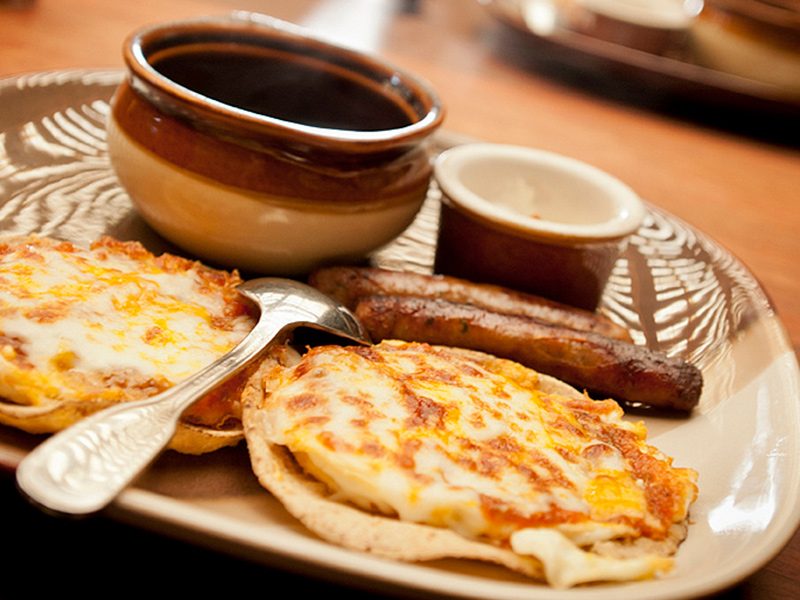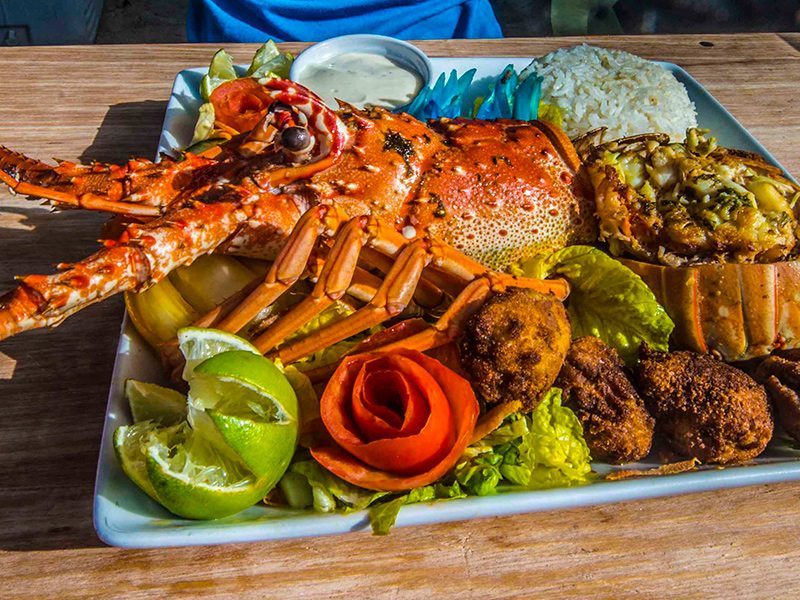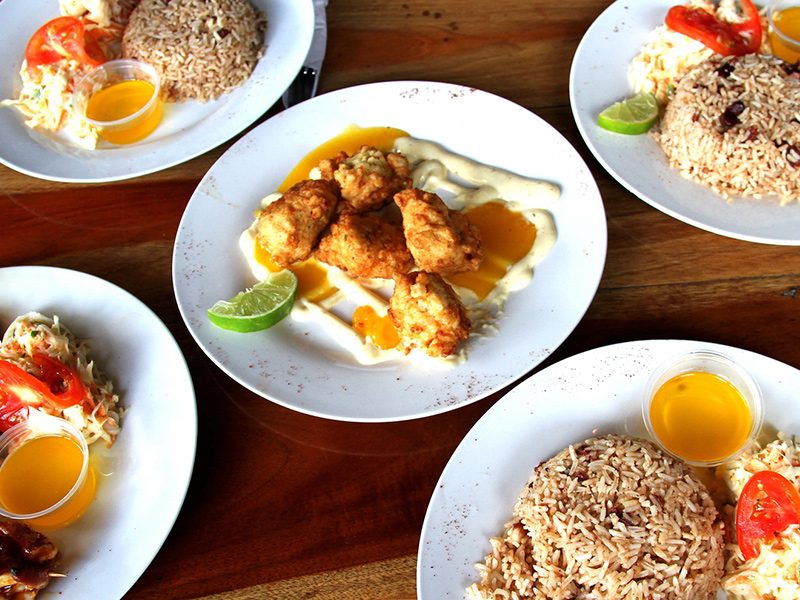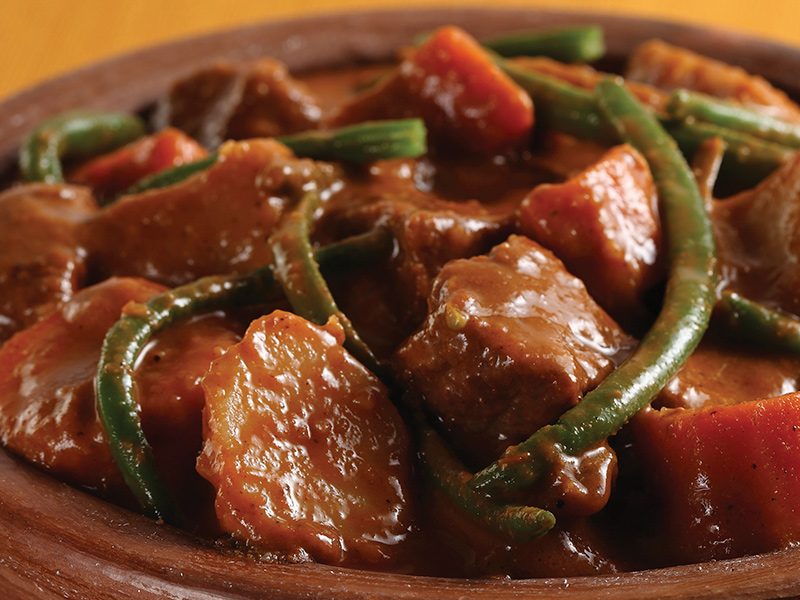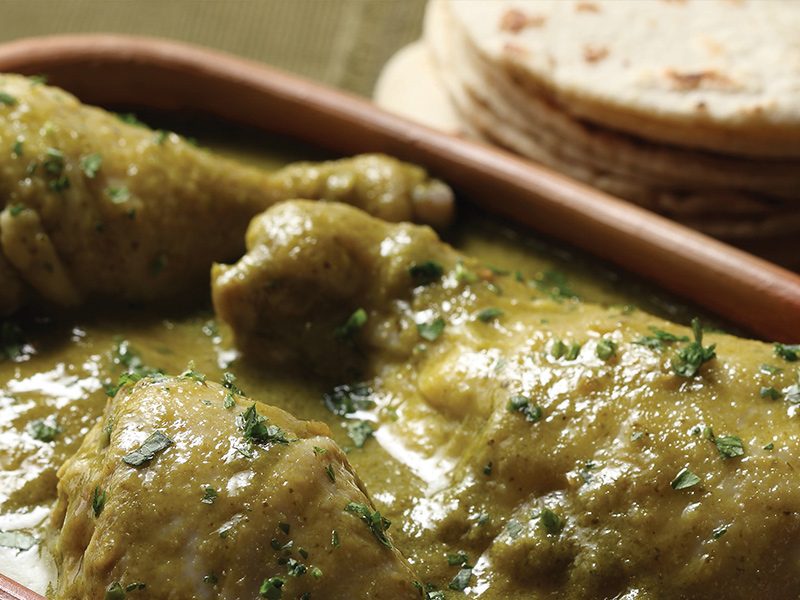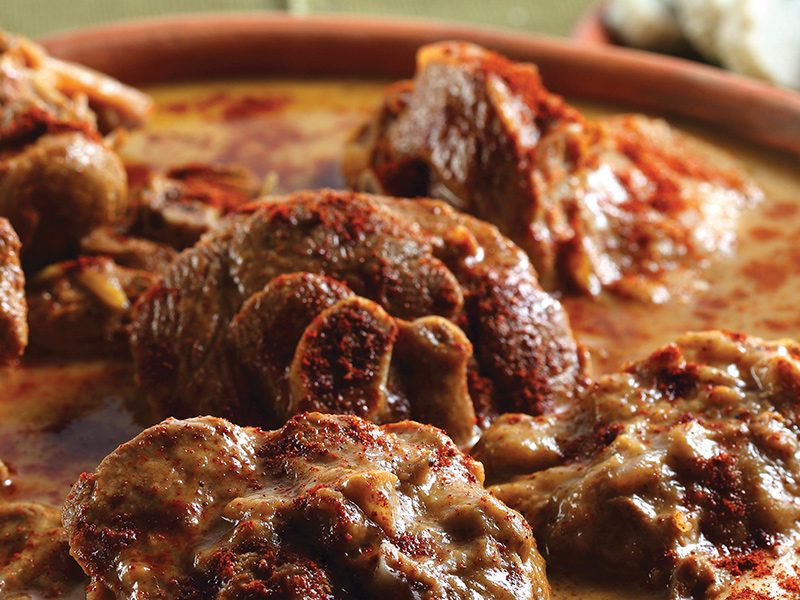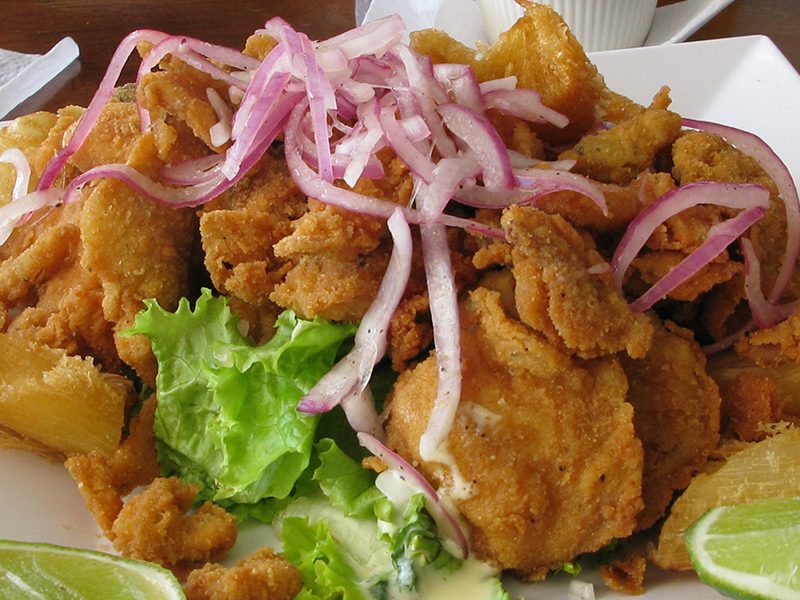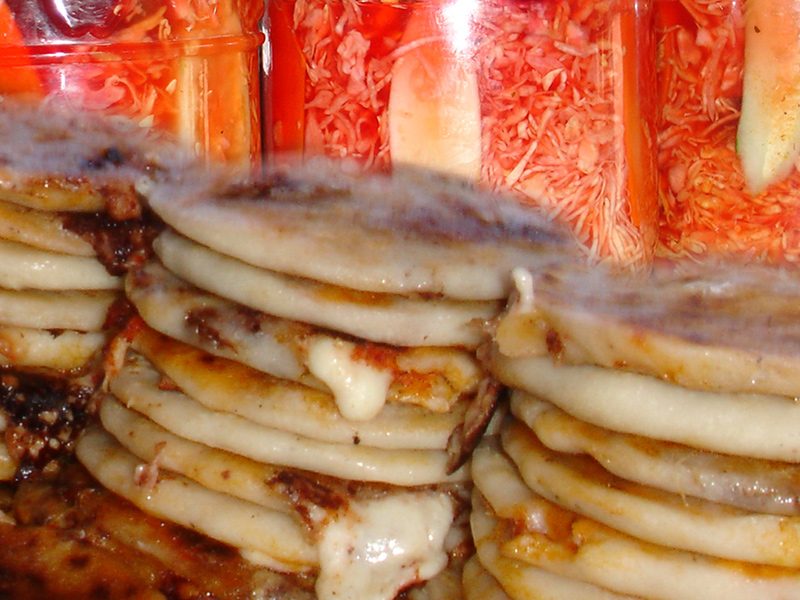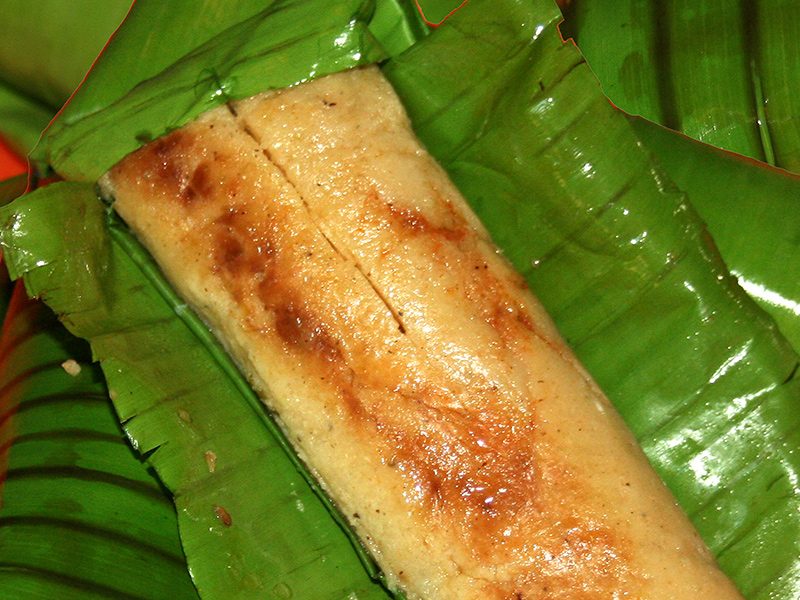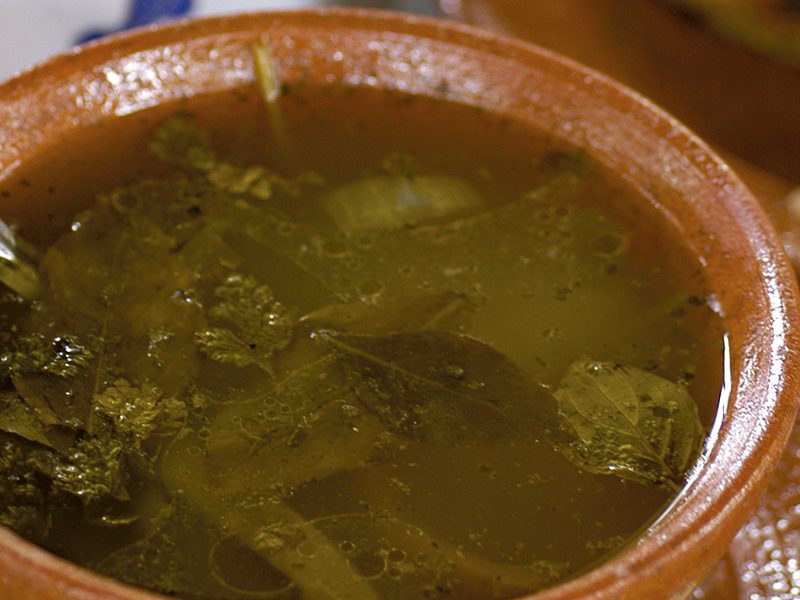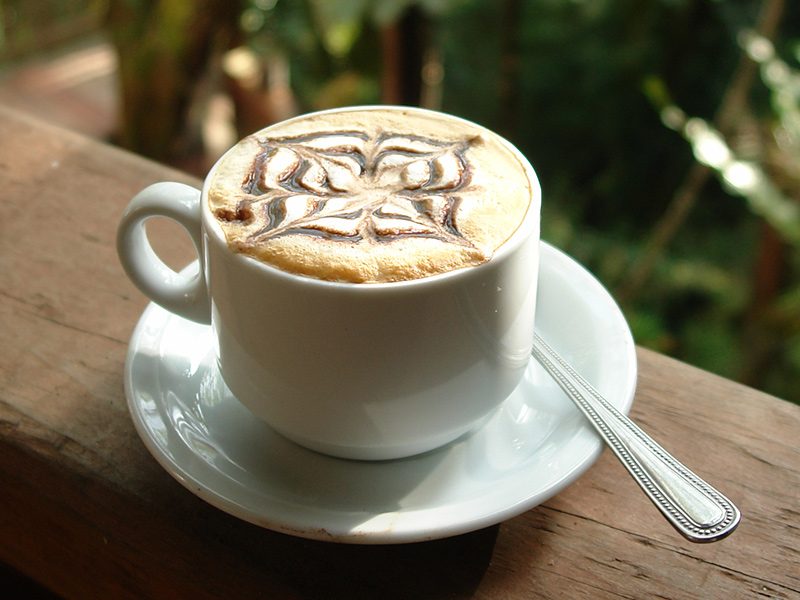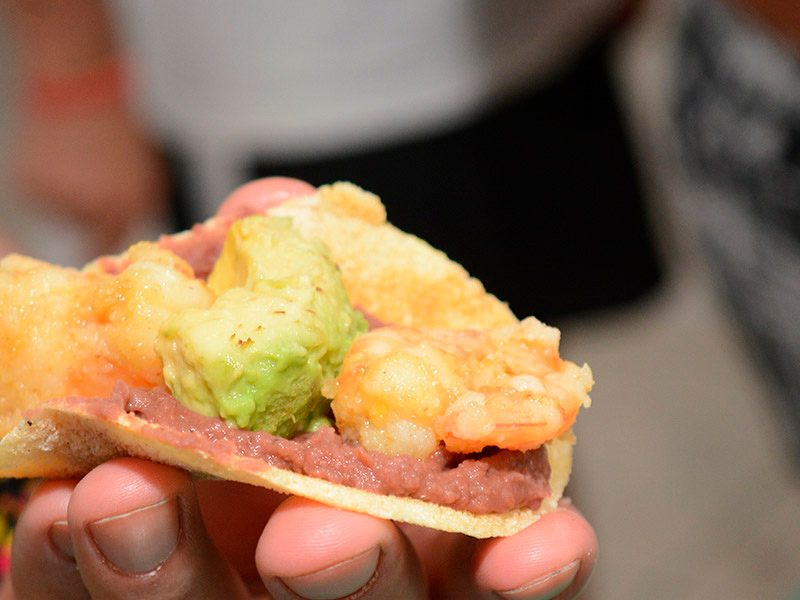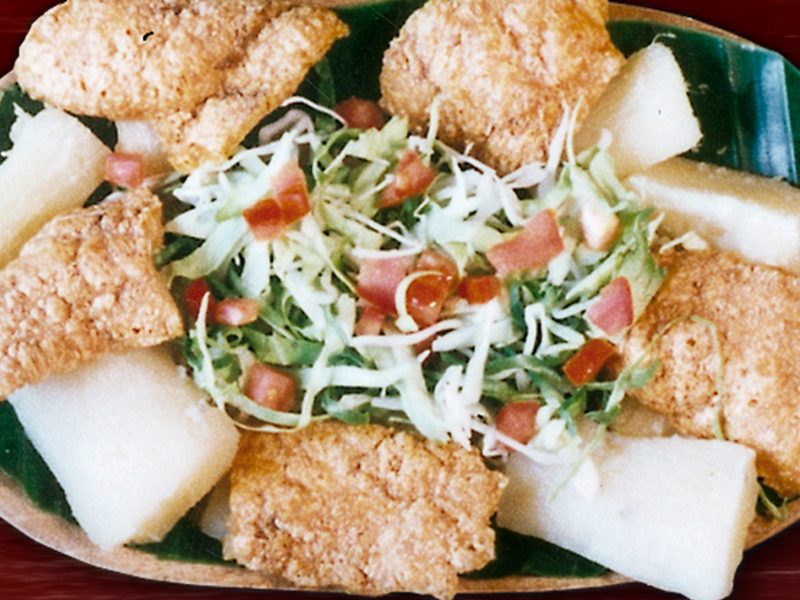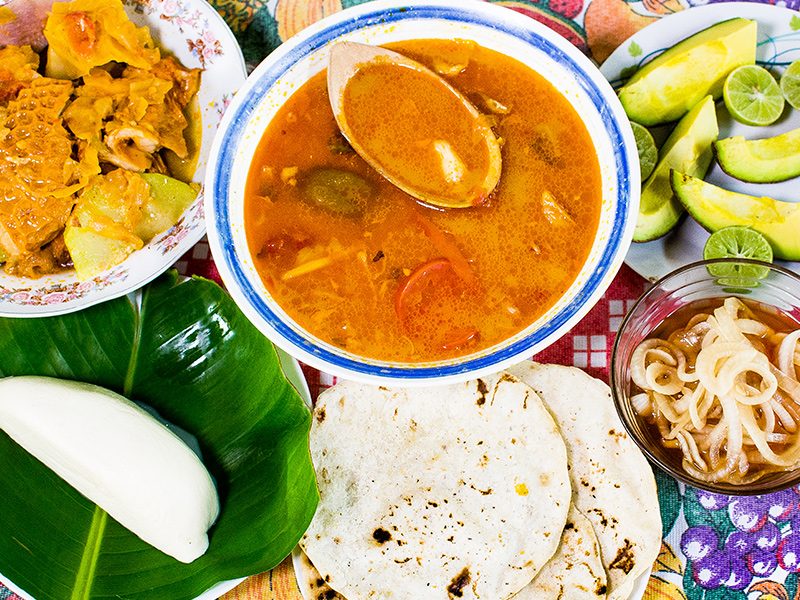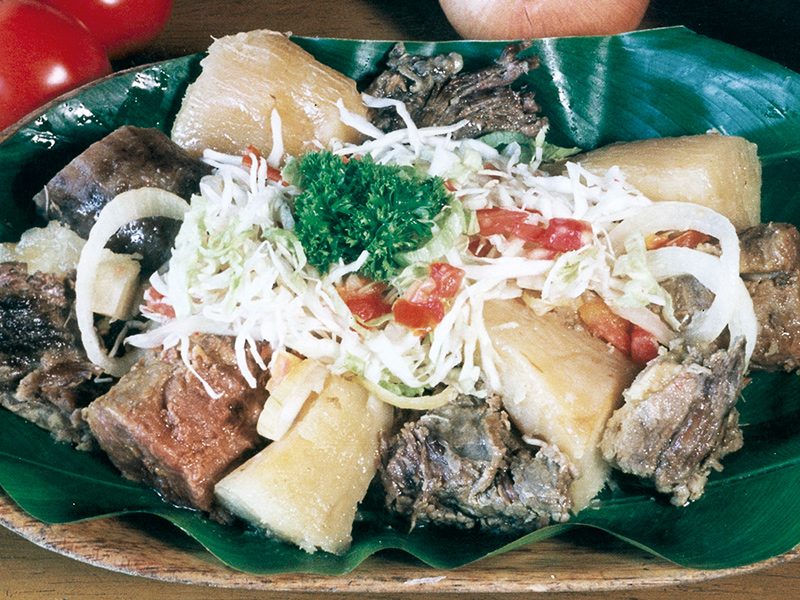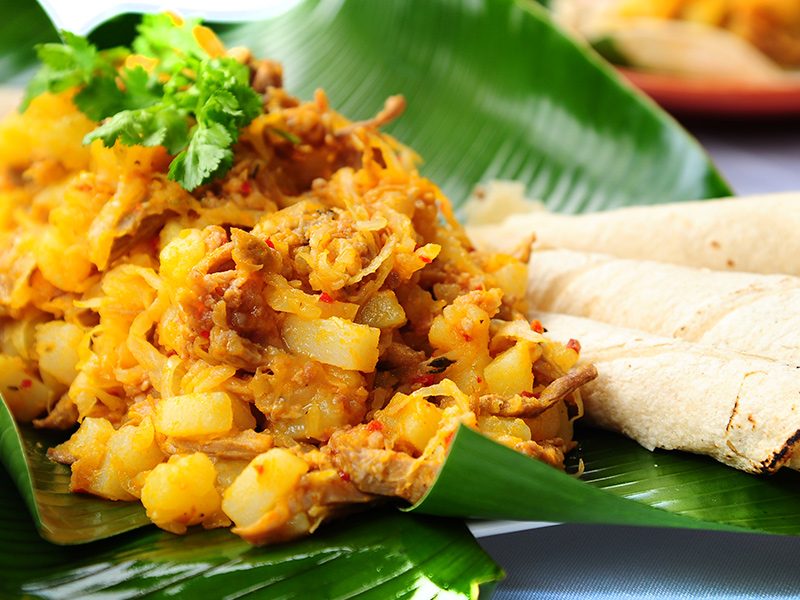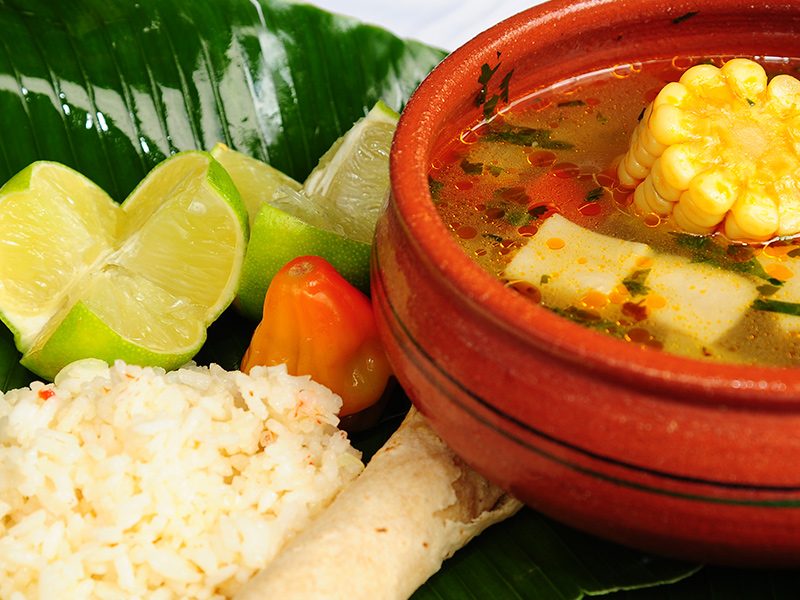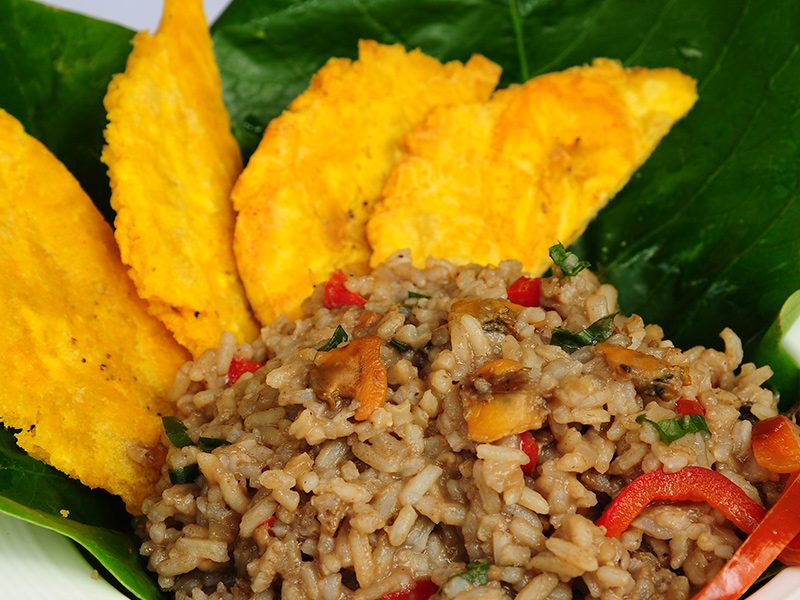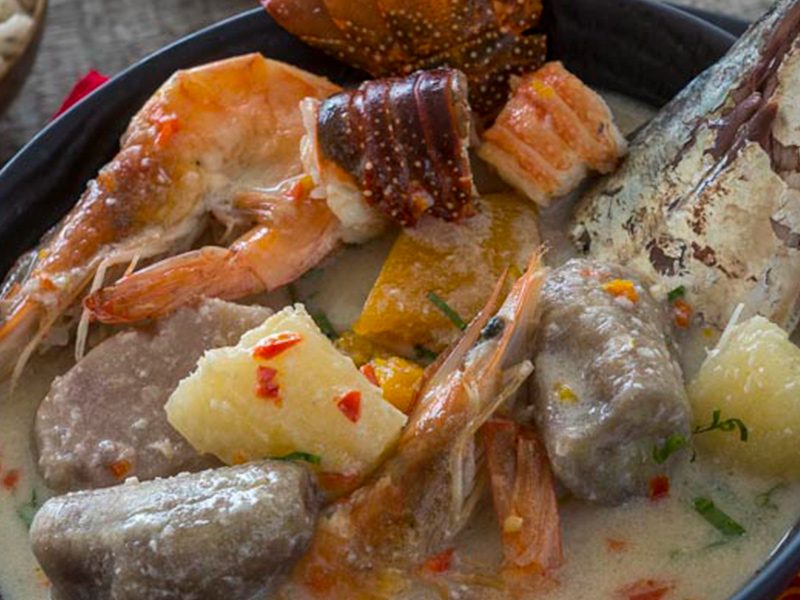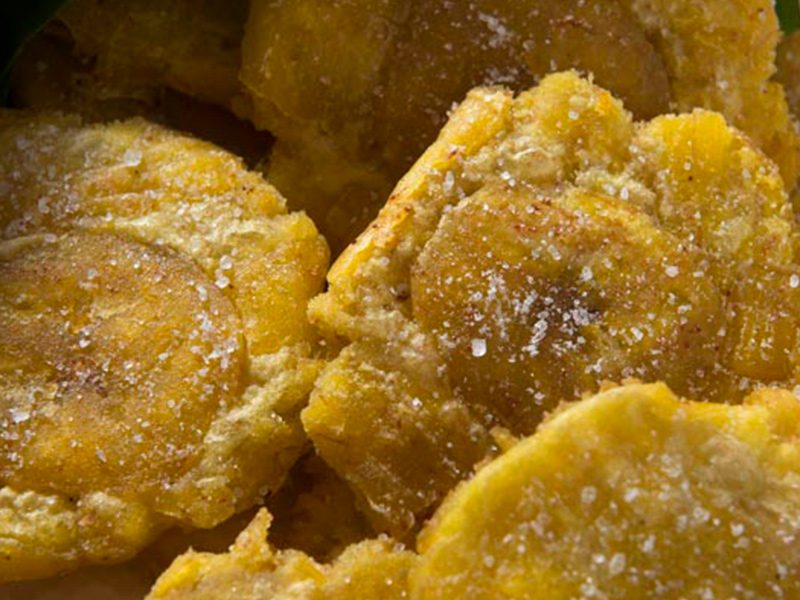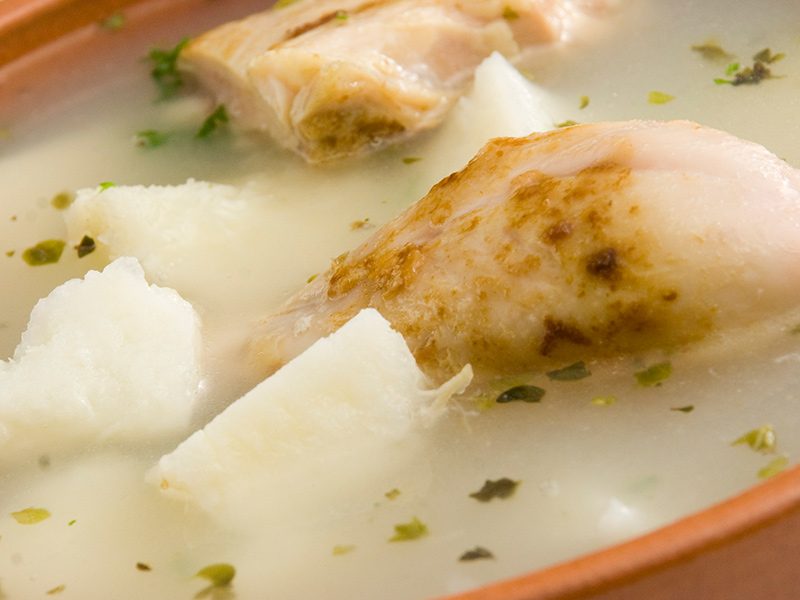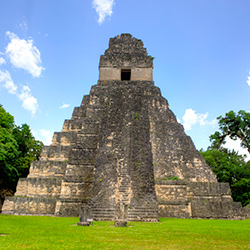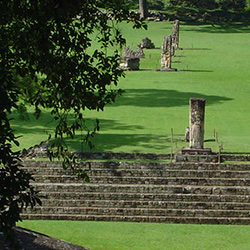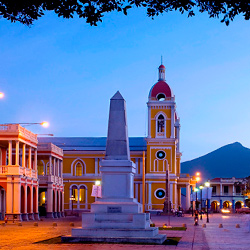The Central American gastronomy is characterized by the fusion of three great cultures, its geographical location, and very diverse topography and climate, which are the sources of a great variety and availability of ingredients. Despite the geographic and social differences that determine the type of food in the seven different countries of the isthmus, corn, the indigenous crop that forms part of the food base of pre-Hispanic Mesoamerican societies that inhabited the region, is the common denominator in the gastronomy of all the countries. In addition to corn, products such as cassava, black and red beans, peanuts, rice, chili peppers, avocado, cocoa, pineapple, and coconut, among others, are also essential. The secret of Central American cuisine is also in the use of many different species, and the rich combination of flavors that will make you enjoy its varied gastronomy.
Inicio » EXPERIENCES » Gastronomy
CENTRAL AMERICAN GASTRONOMY
A rich fusion of indigenous, African and Spanish cuisine
Belize
Belize’s cuisine is mainly inspired by the Mexican and Caribbean diets, and a little less by the Anglo-Saxon. Its basic ingredients are rice and beans, often eaten with barbecued meat, pork, veal, fish or vegetables. Other Belizean foods are tamales, pozol, panuchos, and fish-based dishes, as well as the traditional sopa de caracol, with a very particular flavor and a thick consistency when added okra, potato, sweet potato, cassava, toasted flour and a touch of chili. Coconut milk and fried plantain add a truly tropical flavor to the dishes.
Guatemala
The arrival of the Spanish in Guatemala in the 16th century marked the birth of a centuries-old mestizo culinary tradition, a product of the fusion of food habits of indigenous descendants of the different Mayan ethnic groups and Spanish gastronomy. Corn is one of the bases of the Guatemalan gastronomy, with a great variety of dishes in which its use is indispensable. Beans, cocoa, tomatoes, sesame, coconut, banana, and seafood, among others, are ingredients inevitably present in Guatemalan cuisine. In 2007, the Government of Guatemala declared as Intangible Cultural Heritage of the Nation five typical dishes: jocón, pepián, kaq’ik, plátanos en mole, and, frijoles con chicharrón. These dishes are a fusion of pre-Columbian cuisine with ingredients of Hispanic-Arab origin.
El Salvador
Corn is the main ingredient of traditional Salvadoran cuisine. The signature dish is the pupusa, which has a national day that is celebrated every second Sunday of November. Other popular dishes made with corn are: tortillas, very important in the daily diet of Salvadorans; as well as corn, chicken or pork tamales; varieties of atoles such as elote, piñuela, shuco or chilate; snacks as the riguas, yuca frita, tustacas and totopostes; and chicha de maiz as a drink. In addition, there are corn festivals, also known as atoladas, which are celebrated in the second half of each year in different towns of the country, usually in August. In addition to corn, beans are another ingredient widely used in Salvadoran cuisine.
Honduras
Honduran gastronomy is very diverse, combining indigenous pre-Columbian, Spanish, Creole and African elements. Its traditional cuisine is dominated by corn, seafood, meat, poultry and fish, corn and wheat tortillas, beans, rice, dairy products, green or ripe bananas, and yucca, among others. Some of Honduras’ traditional dishes are the machuca, the casabe, the baleadas, the mondongo soup, seafood, chicken, quesadillas and tamales, roasted beef on skewers, and the garrobo consommé. Coffee is a popular aromatic beverage throughout the national territory, and some of the most popular alcoholic beverages are güifiti, chichi, and coyol wine. Part of its culinary culture can be found in the celebration of the Patron Saint Fairs, which feature corn atol, montucas, and rosquillas en miel, which fill the squares of the villages with their aroma.
Nicaragua
Corn is staple of the Nicaraguan diet, and is used in many dishes such as nacatamal, yoltamal and indio viejo. In addition to being used as a snack in the form of tortillas, it is an ingredient for beverages such as pinolillo and chicha, as well as in sweets, rosquillas, and traditional desserts. Other main traditional dishes are the gallo pinto, a mixture made with rice and beans; and, baho, vigorón, quesillo and sopa de mondongo. While the main dishes of the southern part of the Pacific coast are based on corn, beans, pork and beef, and fruits and vegetables, the cuisine of the northern part of the Caribbean coast makes extensive use of seafood and coconut, highlighting the rondón, dish that uses among other ingredients beef, fish, yuca or cassava, quequisque and coconut milk, and in permitted areas, turtle.
Costa Rica
The mestizo Costa Rican traditional cuisine has aboriginal, European and African culinary influence, and the strong gastronomic contribution of hundreds of immigrants who have arrived in the territory, from Spain, Italy, China, Germany, France, Afro-Caribbean and Arab countries, as well as many parts of America. The signature dishes of Costa Rican cuisine are the casado, a traditional lunch where rice and beans are mixed with pasta, accompanied by picadillo, a type of meat, fried plantain and salad; the gallo pinto, also known as pinto or patrulla, a popular breakfast that combines rice and beans; the olla de carne, stewed with vegetables; and, the picadillos and vegetable stews. Finally, the roscón and the tamales, an indigenous corn dish with olives, pork and rice, are popular during the Christmas season.
Panamá
Panamá’s gastronomy is the result of the influence of Amerindian, Hispanic, African and Afro-Antillean cultures, and is characterized by the high consumption of rice in different forms and preparations, as well as fish, shellfish, roots, and tubers, highlighting the cassava, yam, ñampí and otoe. Other ingredients are corn, bananas, chicken, meat, fish and seafood, with which various dishes and fried foods are prepared. Sancocho is very popular, a stew made with different types of meat and tubers; the Tulemasi, emblematic dish of the guna gastronomy; the ropa vieja, cooked with meat, tomato, onion and garlic; the corn tortillas and tamales; the arroz con pollo; the empanadas de yuca stuffed with meat; and, the famous fried plantain or plátano frito. Agua de panela and guarapo are traditional drinks made with panela or papelón, obtained from sugarcane honey.
MULTI-DESTINATION TOURS THROUGH CENTRAL AMERICA
Discovering Central America
Mayans and Surf City
Three Destinations – One Experience
Central America
Get to know the places, spaces, and monuments that make up Central America.
Live Central America!
Enjoy Central America!
CONTACT
Write us. Travel without doubts.
[email protected]
Call us+503 7016 4711
FB Messenger Visit Centroamérica

